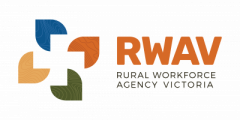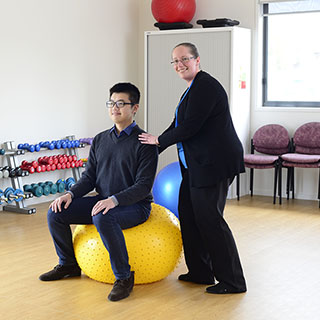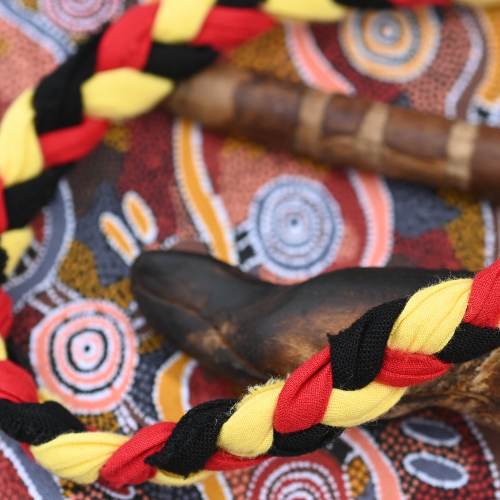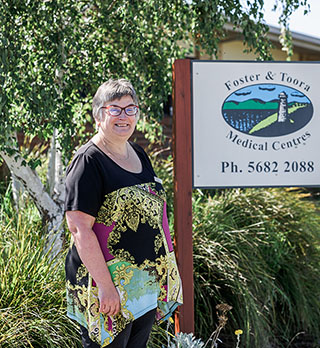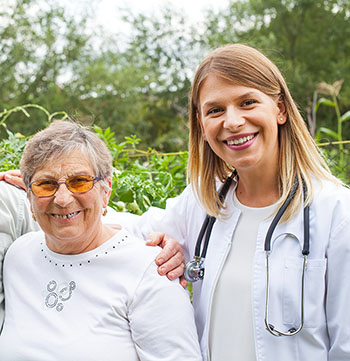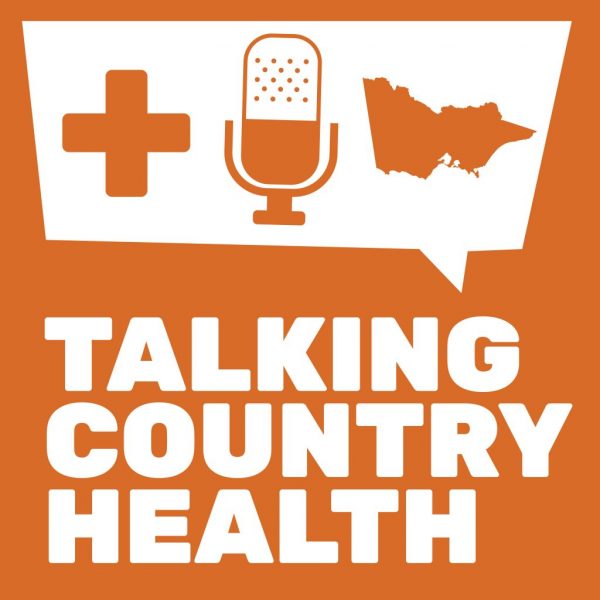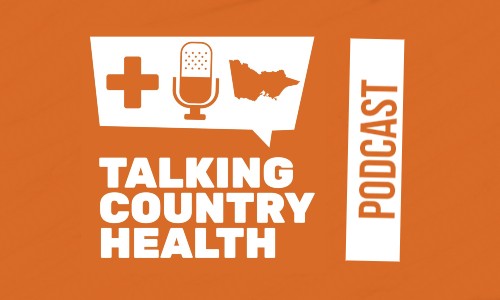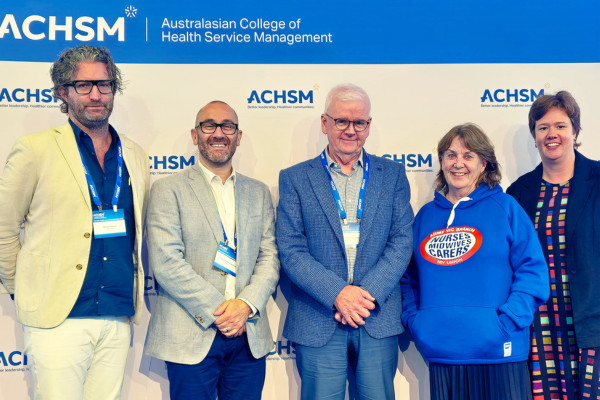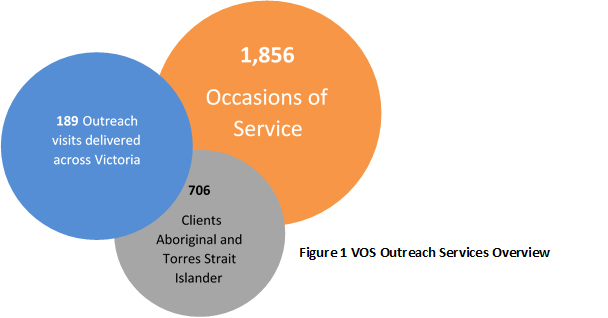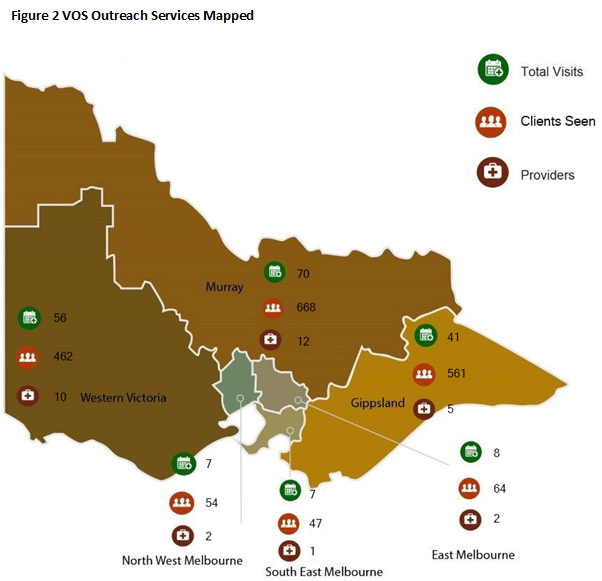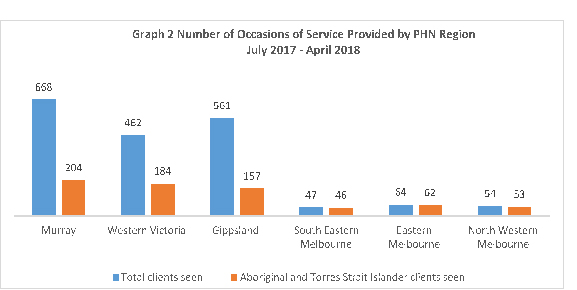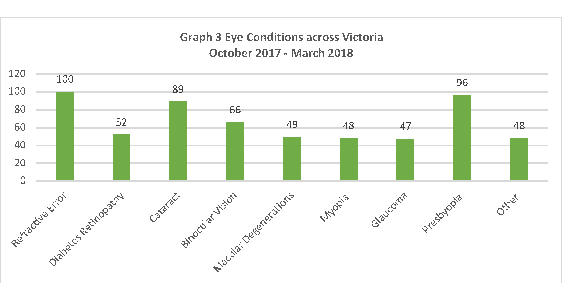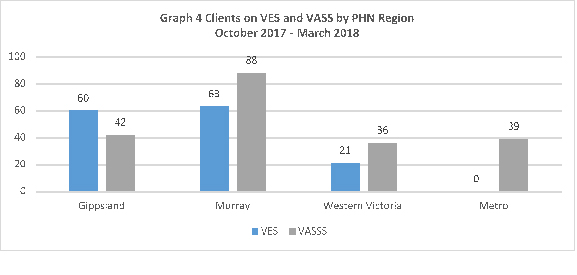The Visiting Optometrists Scheme (VOS) provides access to eye services for people living in rural and regional locations, including Aboriginal and Torres Strait Islander communities. The aim of VOS is to improve collaboration and communication between the eye health services and the visiting optometrists, which increases the quality of ongoing patient care.
Funding is available within VOS for a range of expenses incurred by optometrists providing the services including travel, accommodation, meals, facility fees and administrative support at the outreach locations.
During the period of July 2017 to April 2018, VOS outreach conducted 189 outreach visits and 1,856 occasions of service. Of these occasions of service, 706 were delivered to Aboriginal and Strait Islander clients as per Figure 1.
Figure 2 illustrates the dispersal number of visits and their distribution within PHN regions, the number of clients seen and the number of providers who delivered services. Eleven providers from the Australian College of Optometry and, 10 local optometrists delivered these services across Victorian PHN regions.
Graph 2 illustrates the high level need for optometry services for Aboriginal and Torres Strait Islander clients in the rural PHN regions, as compared to the urban, metropolitan regions of Melbourne. From July 2017 to April 2018, there were 1,856 occasions of service provided across the State. Thirty-eight percent (706) of those occasions of the service were delivered to Aboriginal and Torres Strait Islander clients.
Graph 3 provides a six-month snapshot overview of reported eye conditions across Victoria from October 2017 to March 2018. The most common reported eye condition was refractive error, followed by presbyopia then cataracts.
Graph 4 provides a six-month snapshot overview of the number of clients accessing either the Victorian Eye Scheme (VES) or the Victorian Aboriginal Subsidies Spectacle Scheme (VASSS) programs from October 2017 to March 2018. The Murray Region had the highest number of clients who accessed the programs, 25 percent of clients were registered in the VASSS program and 18 percent of clients were registered in the VES program.
